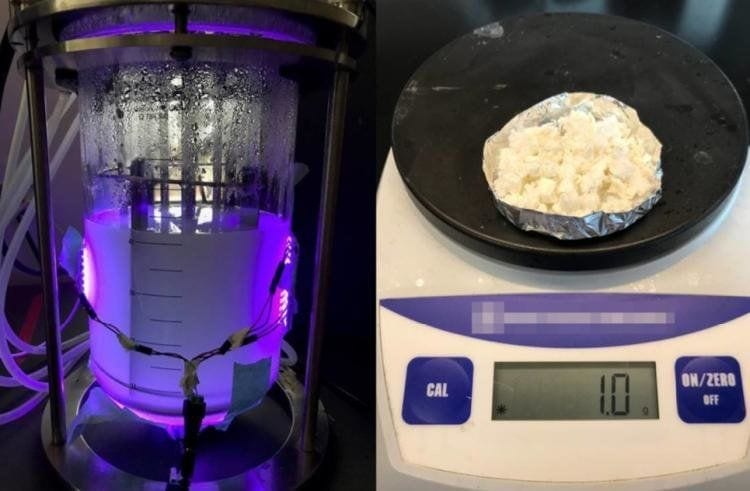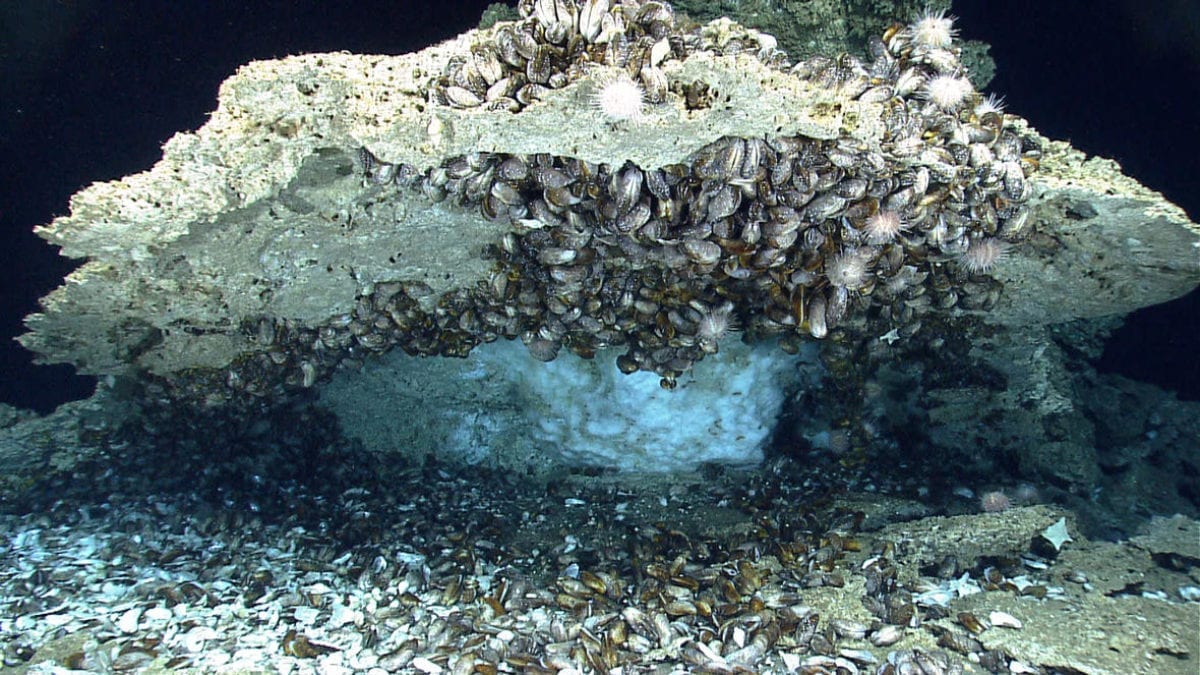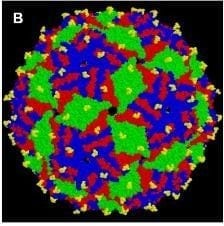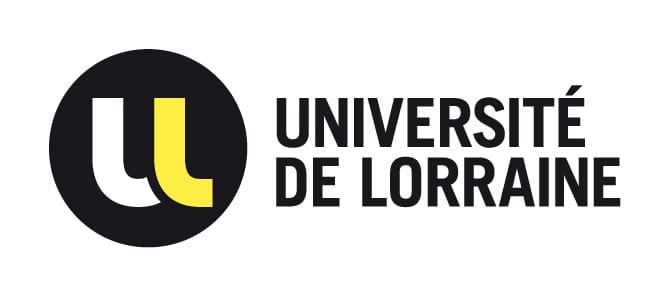
CU Boulder researchers have developed nanobio-hybrid organisms capable of using airborne carbon dioxide and nitrogen to produce a variety of plastics and fuels, a promising first step toward low-cost carbon sequestration and eco-friendly manufacturing for chemicals.
By using light-activated quantum dots to fire particular enzymes within microbial cells, the researchers were able to create “living factories” that eat harmful CO2 and convert it into useful products such as biodegradable plastic, gasoline, ammonia and biodiesel.
“The innovation is a testament to the power of biochemical processes,” said Prashant Nagpal, lead author of the research and an assistant professor in CU Boulder’s Department of Chemical and Biological Engineering. “We’re looking at a technique that could improve CO2 capture to combat climate change and one day even potentially replace carbon-intensive manufacturing for plastics and fuels.”
The project began in 2013, when Nagpal and his colleagues began exploring the broad potential of nanoscopic quantum dots, which are tiny semiconductors similar to those used in television sets. Quantum dots can be injected into cells passively and are designed to attach and self-assemble to desired enzymes and then activate these enzymes on command using specific wavelengths of light.
Nagpal wanted to see if quantum dots could act as a spark plug to fire particular enzymes within microbial cells that have the means to convert airborne CO2 and nitrogen, but do not do so naturally due to a lack of photosynthesis.
By diffusing the specially-tailored dots into the cells of common microbial species found in soil, Nagpal and his colleagues bridged the gap. Now, exposure to even small amounts of indirect sunlight would activate the microbes’ CO2 appetite, without a need for any source of energy or food to carry out the energy-intensive biochemical conversions.
“Each cell is making millions of these chemicals and we showed they could exceed their natural yield by close to 200%,” Nagpal said.
The microbes, which lie dormant in water, release their resulting product to the surface, where it can be skimmed off and harvested for manufacturing. Different combinations of dots and light produce different products: Green wavelengths cause the bacteria to consume nitrogen and produce ammonia while redder wavelengths make the microbes feast on CO2 to produce plastic instead.
The process also shows promising signs of being able to operate at scale. The study found that even when the microbial factories were activated consistently for hours at a time, they showed few signs of exhaustion or depletion, indicating that the cells can regenerate and thus limit the need for rotation.
“We were very surprised that it worked as elegantly as it did,” Nagpal said. “We’re just getting started with the synthetic applications.”
The ideal futuristic scenario, Nagpal said, would be to have single-family homes and businesses pipe their CO2 emissions directly to a nearby holding pond, where microbes would convert them to a bioplastic. The owners would be able to sell the resulting product for a small profit while essentially offsetting their own carbon footprint.
“Even if the margins are low and it can’t compete with petrochemicals on a pure cost basis, there is still societal benefit to doing this,” Nagpal said. “If we could convert even a small fraction of local ditch ponds, it would have a sizeable impact on the carbon output of towns. It wouldn’t be asking much for people to implement. Many already make beer at home, for example, and this is no more complicated.”
The focus now, he said, will shift to optimizing the conversion process and bringing on new undergraduate students. Nagpal is looking to convert the project into an undergraduate lab experiment in the fall semester, funded by a CU Boulder Engineering Excellence Fund grant. Nagpal credits his current students with sticking with the project over the course of many years.
“It has been a long journey and their work has been invaluable,” he said. “I think these results show that it was worth it.”
Learn more: These nano-bugs eat CO2 and make eco-friendly fuel
The Latest on: Low-cost carbon sequestration
[google_news title=”” keyword=”low-cost carbon sequestration” num_posts=”10″ blurb_length=”0″ show_thumb=”left”]
via Google News
The Latest on: Low-cost carbon sequestration
- ExxonMobil eager for US government to finalise rules on offshore carbon capture and storageon May 8, 2024 at 6:51 am
An ExxonMobil executive has reiterated that the US should be taking a global leadership role in carbon capture and storage solutions, and is hopeful that a much-needed regulatory framework for ...
- KELP BLUE NAMED AS A FINALIST FOR THE PRESTIGIOUS XPRIZE CARBON REMOVAL COMPETITIONon May 8, 2024 at 6:00 am
Kelp Blue, an innovative seaweed company that seeks to restore marine biodiversity and promote carbon sequestration to support a healthier ocean ecosystem, was today named as one of 20 finalists by ...
- 20 FINALISTS ANNOUNCED IN XPRIZE CARBON REMOVAL RACING TO REVERSE CLIMATE CHANGEon May 8, 2024 at 5:31 am
XPRIZE, the world’s leader in designing and operating large-scale incentive competitions to solve humanity’s grand challenges, today announced the 20 finalist teams selected to compete in the last ...
- Loan program aims to ease burden of home energy retrofitson May 6, 2024 at 1:18 pm
Hoping to accelerate the switch to clean energy technologies, the climate bank at MassHousing recently announced a new financing product that aims to make $20 million in loans available over the next ...
- Iowa farmers' conservation practices to be a factor in renewable aviation fuel tax creditson May 1, 2024 at 5:56 am
"Low-carbon ethanol ... is cost-competitive with petroleum-based fuels ... The model also wraps in the controversial use of carbon capture and sequestration. Summit Carbon Solutions and Wolf Carbon ...
- Regenerative grazing for carbon sequestrationon April 29, 2024 at 1:30 am
Baseline measurements of soil sequestered carbon are enabling one commercial research farm to quantify the impact of its transition to a regenerative grazing system.
- Chip Flory: Think Outside the Box to Build a Better Priceon April 9, 2024 at 5:00 pm
Periods of low ... using low-carbon production practices. Establish a carbon intensity score That’s where your carbon intensity (CI) score comes into play. The earliest carbon sequestration ...
- Wyoming's coal plant carbon capture mandate may tap ratepayers beyond 2030on November 13, 2023 at 4:00 pm
A panel of lawmakers has advanced a draft bill to give power plant operators eight more years to comply with Wyoming’s low-carbon ... 45Q” tax credits for carbon sequestration under the ...
- Many Climate ‘Solutions’ Are Dead Ends Or Niches & Should Be Ignoredon October 16, 2023 at 3:30 am
Without them, nuclear cost ... from low-carbon electricity and water is a strong pathway for that. Some processes using very tightly managed natural gas and carbon capture and sequestration ...
- Exxon Mobil: Navigating A Complex Energy Landscapeon July 14, 2023 at 9:12 am
Exxon Mobil Corporation benefits from technological advancements, low ... its carbon capture and storage capabilities, providing a robust CO2 pipeline network and strategic sequestration sites.
via Bing News










